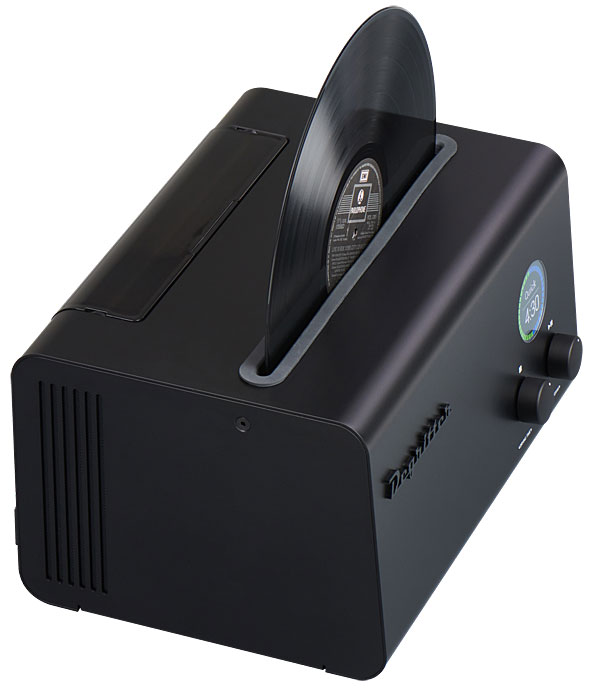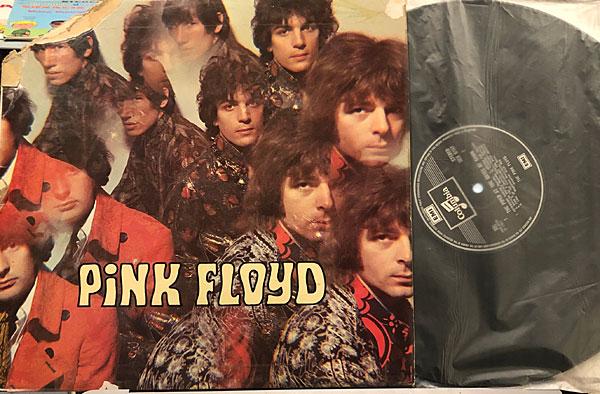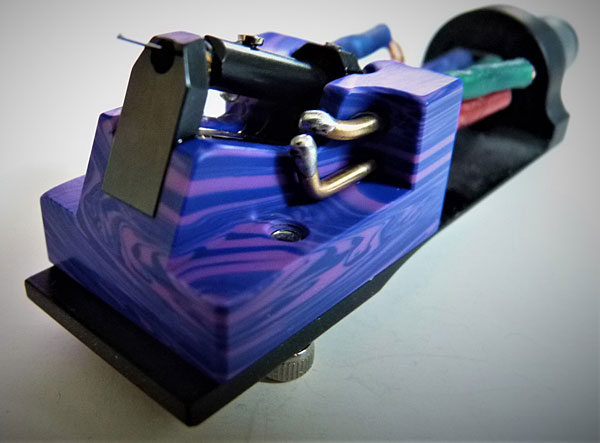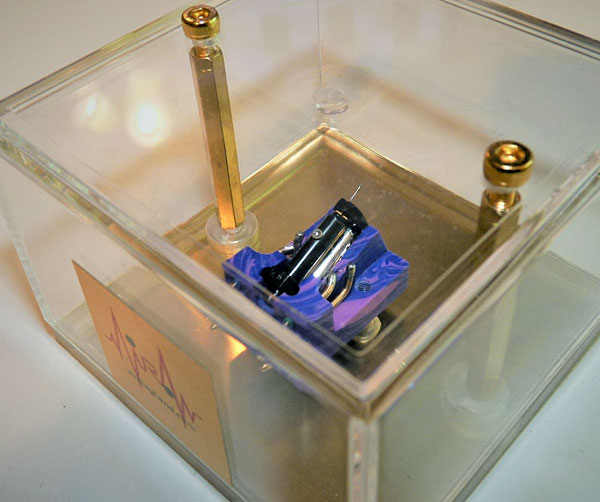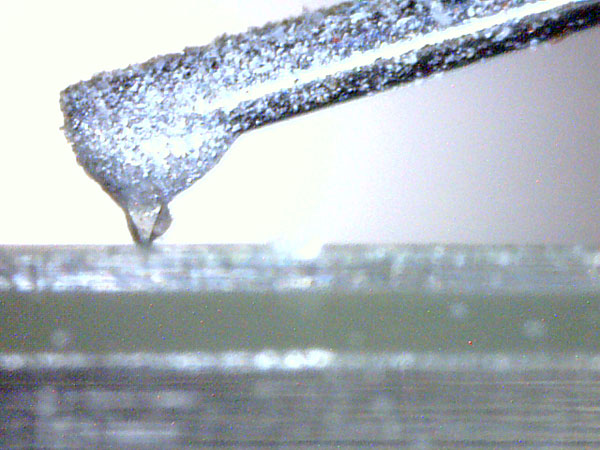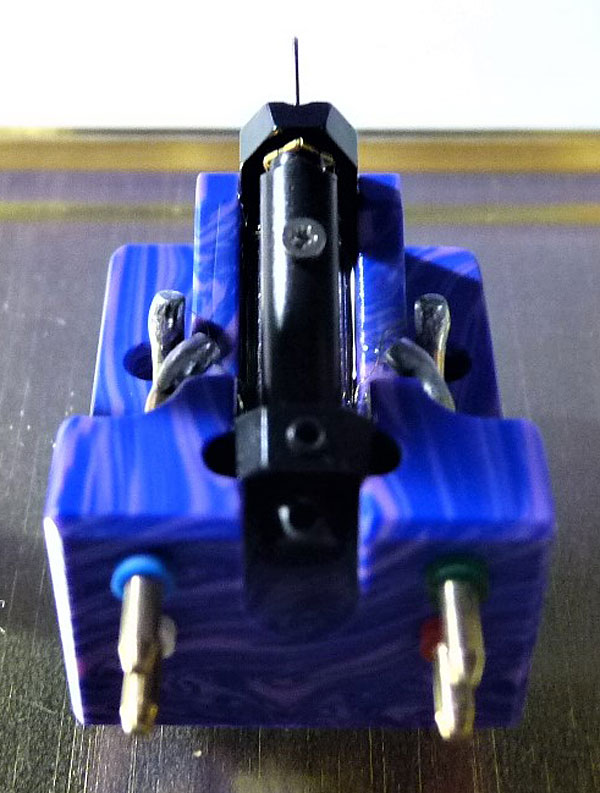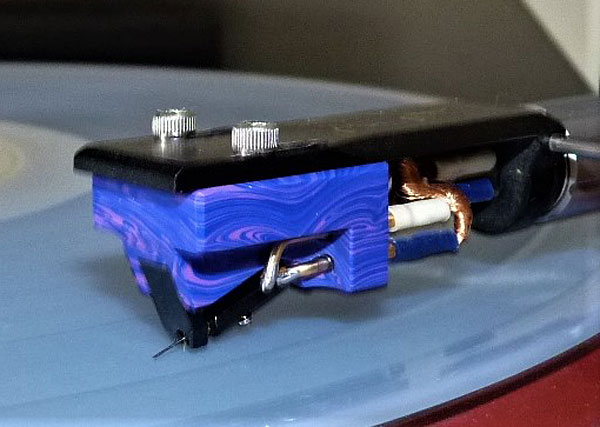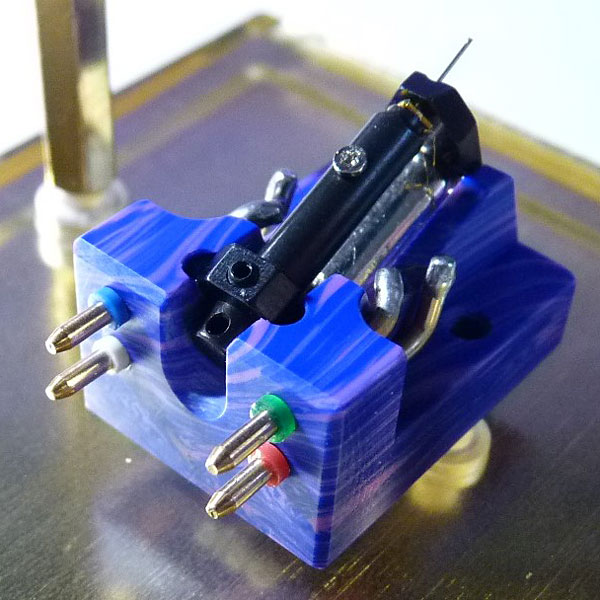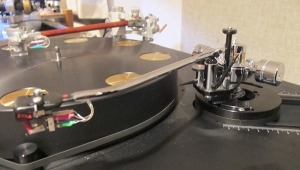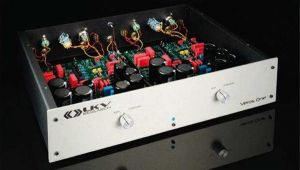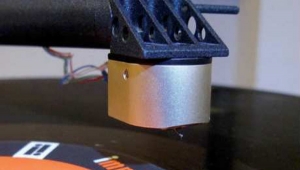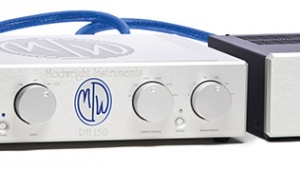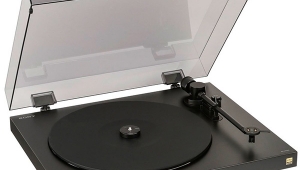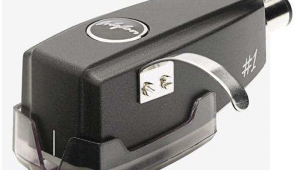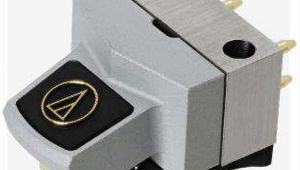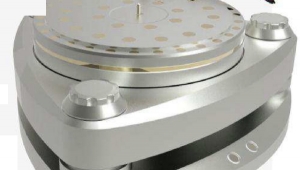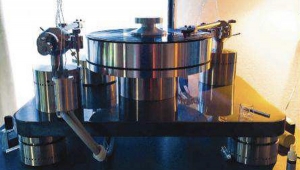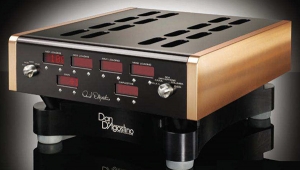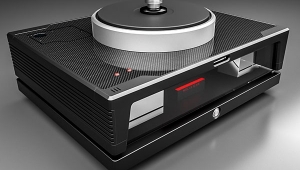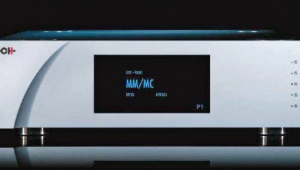| Columns Retired Columns & Blogs |
Cleaning 10 records per day, how long to clean the entire collection?
how much for the needed solution ?,
can the Solution be filtered and recycled ?
Is it even worth the effort considering our leading golden Ears Audiophiles never seem to mention cleaning their collections.
As far as I can tell, New Audiophile vinyl records come from Chad having NOT been cleaned, why is that ?
Do Vinyl 33.3 Pressing plants recommend cleaning the vinyl ?, if so is there a recommended method ?
How much floor space is suggested for a proper installation of a fully functional record cleaning station ?
It would be nice and appropriate for a qualified audiophile to comparatively audition both the before and after cleaned record, wouldn't it ?
So now, I'm pondering, is this a product review or a product promotion ?
Tony in Venice
ps. I've cleaned every 33.3 Vinyl record I've ever owned, numerous times !
